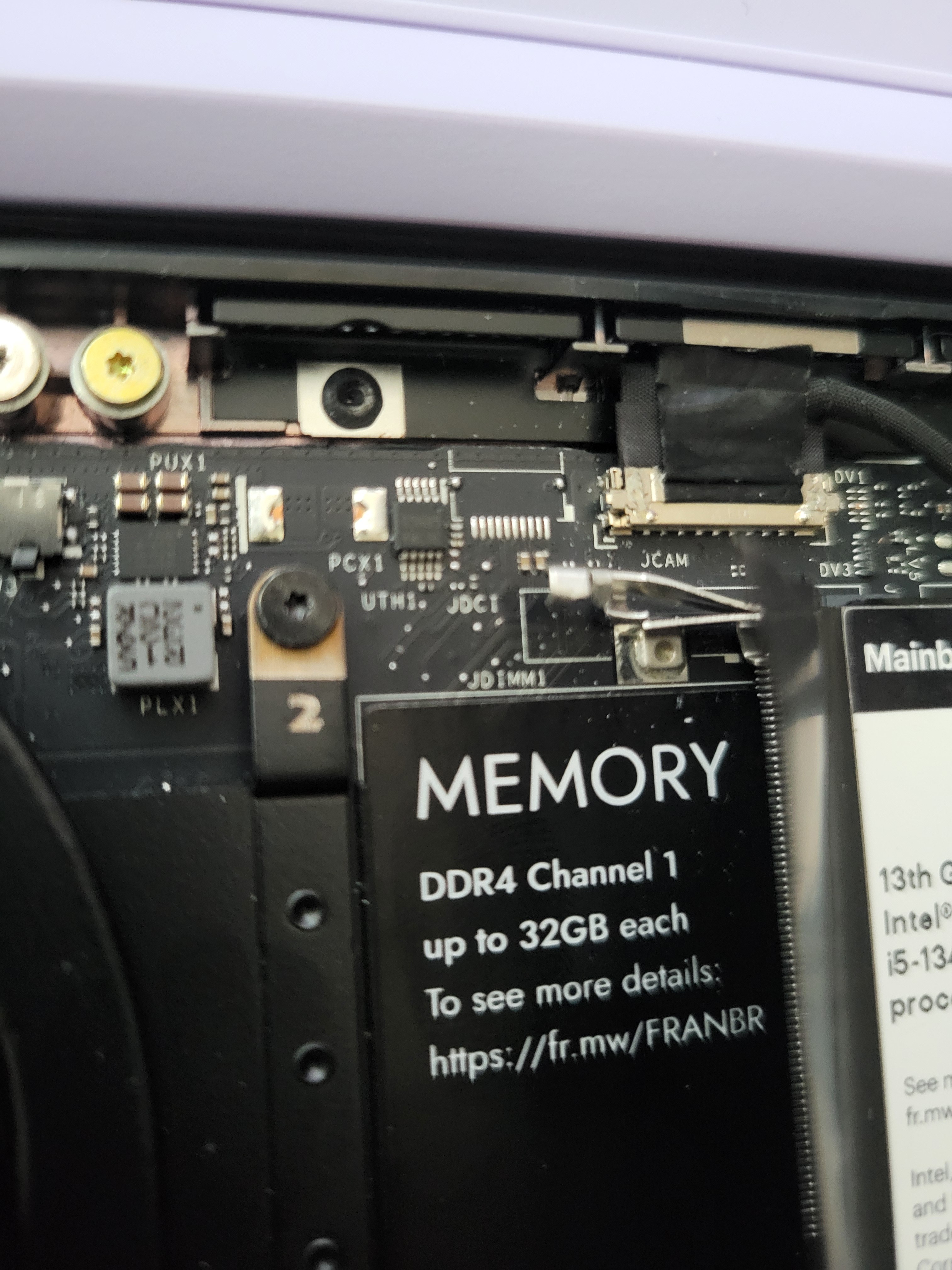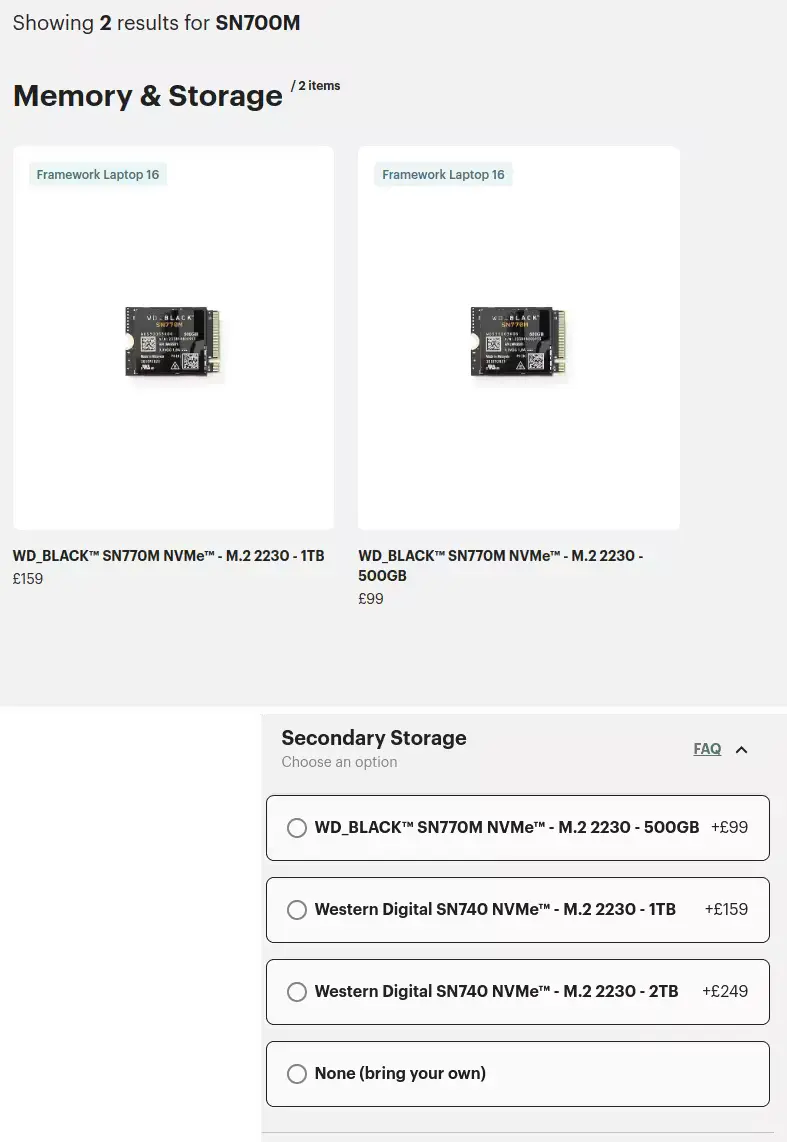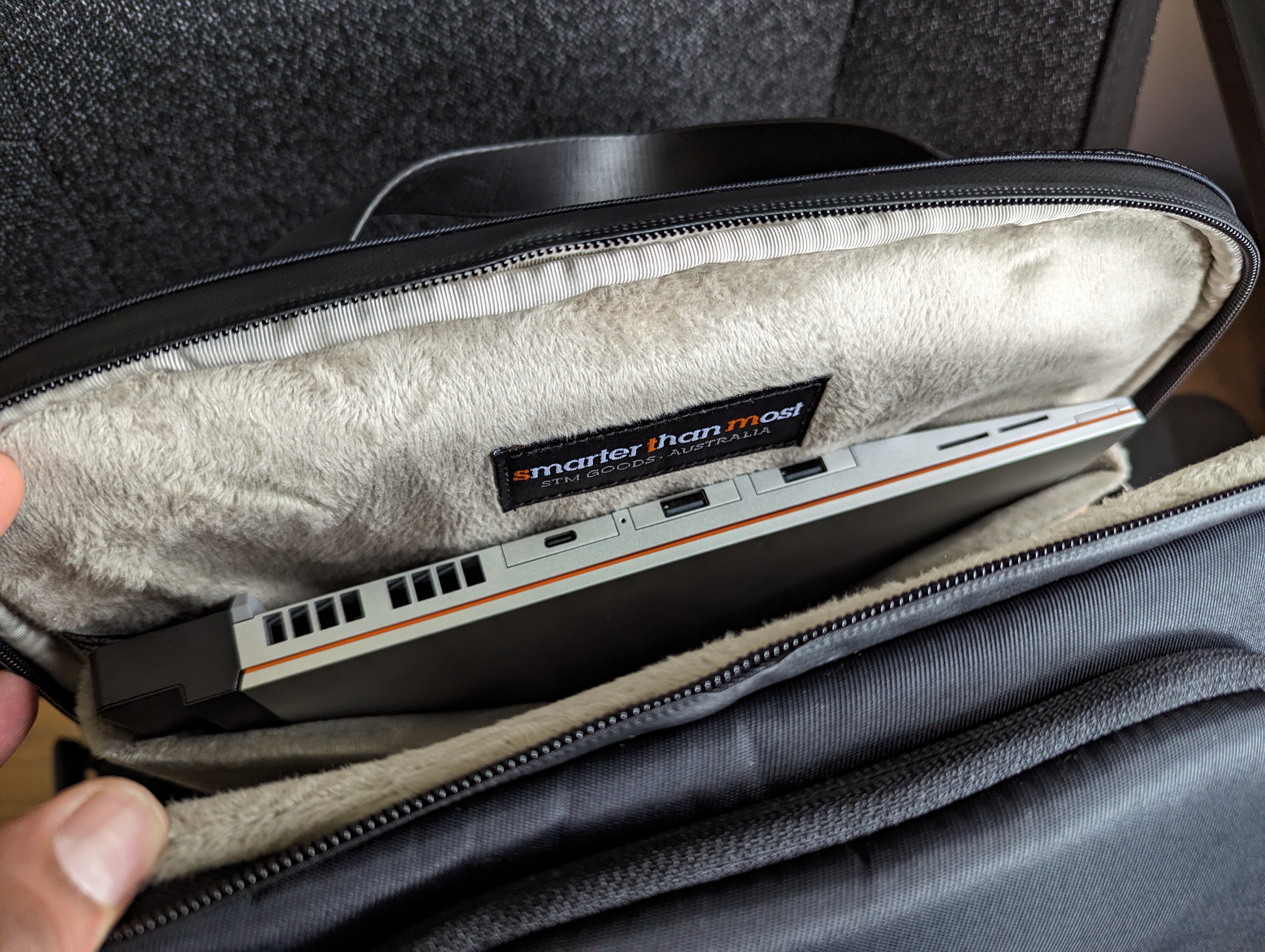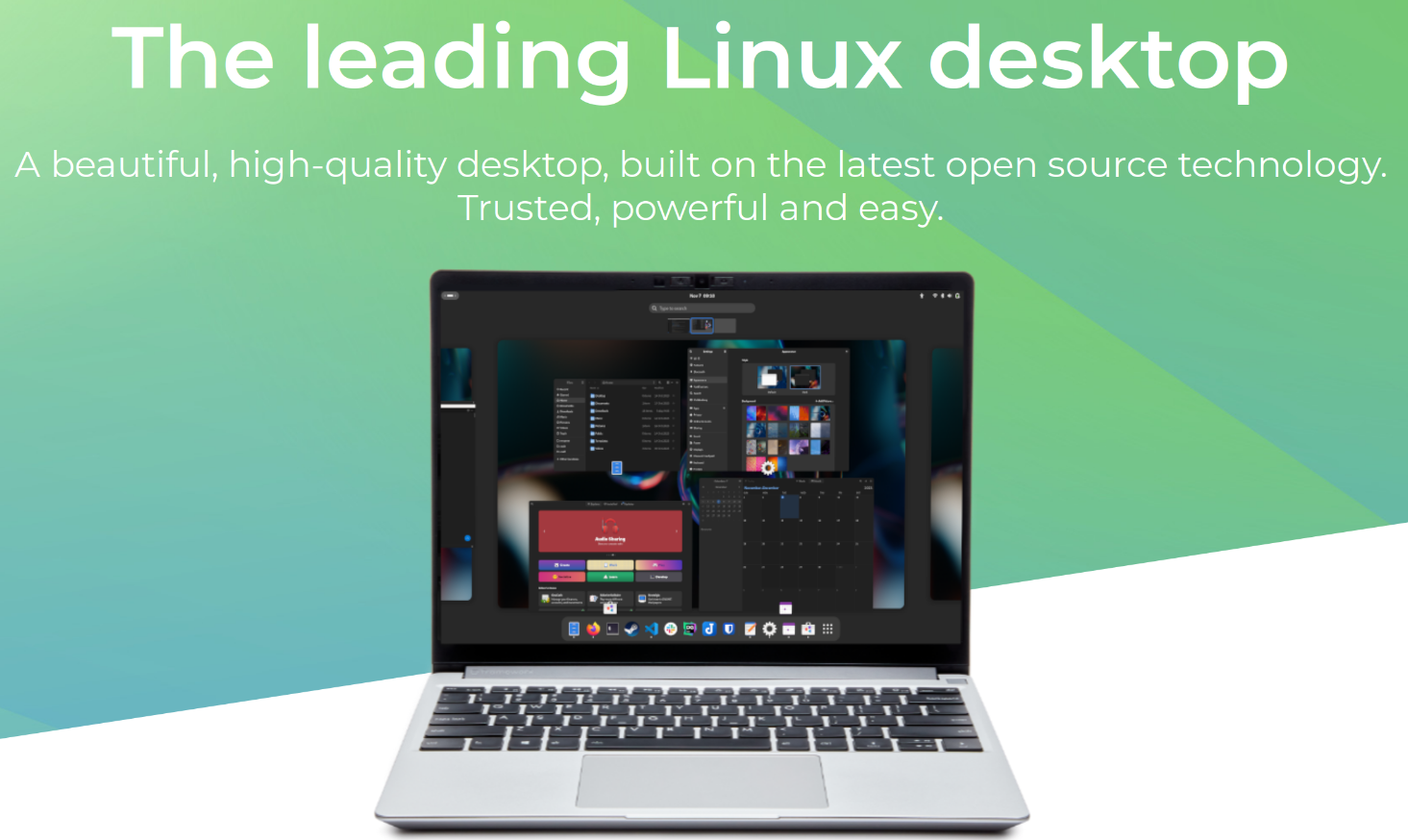That 2.8K screen looks interesting, I wonder if it works with 2x scaling, and not fractional like the previous Laptop 13 screens.
Okay it does seem to work with 2x scaling! That'd make my experience so much better since a lotta Linux but also Windows apps are still blurry.
Introducing the new Framework Laptop 13 with Intel Core Ultra Series 1 processors
Today we’re excited to announce the newest version of Framework Laptop 13 with the latest Intel® Core™ Ultra Series 1 processors, an optional 13.5” 2880x1920 120 Hz display on both Intel and AMD systems, a new webcam with 9.2MP image sensor, and configurations designed for businesses and professionals with a 3-year warranty. Pre-orders are open now, with shipments starting this August. These are available in all 14 countries we’re currently in, and we’ll be launching in Sweden, Finland, and Denmark this June. We’ve also permanently reduced the prices of our Framework Laptop 13 (AMD Ryzen 7040 Series) systems, making them more accessible than ever.
We designed Framework Laptop 13 to last, and we’re eager to make it better each year. We’ve upgraded nearly every part since first shipping in 2021, and we read through press reviews and feedback constantly to find ways to improve it further. Our focus this year is on refining the end-to-end experience for both current and new customers, making this the ideal laptop for Linux in addition to Windows, and enabling businesses to enter the world of repairable, customizable computing. We’ve also revamped our software pipeline, with new firmware and driver releases now landing regularly for each product.
This is our fourth Framework Laptop 13 iteration with Intel processors, and we continue to optimize performance further each time. With Intel Core Ultra Series 1, Intel delivered major improvements in efficiency and battery life, especially on use cases like video playback. With a new graphics architecture, up to 6 Performance cores and 8 Efficient cores, and support for up to a massive 96 GB of DDR5 memory, the new generation drives productivity performance and a huge leap in gaming capability. In integrating this processor, we’ve redesigned our thermal system and tuned fan control algorithms to keep the system cooler while reducing noise.
[image]
The new 2.8k display option with 2880x1920 resolution at 256 PPI makes pixels invisible from a normal viewing distance, resulting in incredibly sharp text and graphics. Even better, that resolution allows for a streamlined experience in Linux through 2:1 display scaling. The 120 Hz refresh rate with variable refresh rate support, 500 nit brightness, 1500:1 contrast, and anti-glare matte surface make this an all-around excellent panel across a range of use cases. There is one oddity with this otherwise ideal display though, which is that the corners are rounded (the top corners by 3mm and bottom corners by 1mm). This is because we repurposed and customized a panel that was originally designed for another company. We’ll share more on how and why we did this in an upcoming technical deep dive blog post. The 2.8k display is a configuration option on DIY Edition, and you can also pick it up in the Marketplace to upgrade any existing Framework Laptop 13.
Like the new display, we developed the new webcam with a focus on improving real world usage. Instead of running the new Omnivision 9.2MP image sensor at its native resolution, we use a mode that groups each set of four subpixels together into large, high-sensitivity pixels, much like modern smartphone cameras do. This means we get amazing 1080p performance, especially in low-light conditions. We’ve also moved to lower-noise microphones for better audio clarity.
For those of you who prefer AMD processors, we’re introducing new configurations of Framework Laptop 13 DIY Edition with AMD Ryzen 7040 Series processors that use the new 2.8k display and webcam along with our high-capacity 61Wh battery. We’ve also lowered the prices of our existing Ryzen 7040 Series configurations and our remaining inventory of 13th Gen Intel Core systems to make Framework Laptop 13 more affordable, with prices now starting at $949 USD for pre-built systems and $799 USD for DIY Edition.
[image]
We’re introducing new customization options alongside all of the system improvements. The SD Expansion Card that we’ve been sharing regular updates on is now available for pre-order, as are four new colors of USB-C Expansion Cards. We have one last bit of good news for Linux users too: you can now configure an English International keyboard with a “super” key instead of the logo from an OS you aren’t using.
The single biggest surprise we’ve had since starting Framework is how quickly IT Managers came to us requesting longer-lasting, repairable computers for the businesses they support. There are now thousands of businesses switching fully to Framework Laptops. With this generation, we’re expanding our Framework for Business program further, with a set of Framework Laptop 13 configurations with a three year extended limited warranty and Windows 11 Pro with Autopilot support enabled out of the box. Interested businesses and professionals can order directly through our site or reach out to our Framework for Business team to get set up.
Framework Laptop 13 with Intel Core Ultra Series 1, the new Mainboards, the 2.8k display, the new AMD Ryzen 7040 DIY Edition options, and the business-focused configurations are all pre-orderable today. As always, you can pick up any of the new modules in the Framework Marketplace to upgrade and extend the life of the Framework Laptop you already own. There are a number of competing visions for what the future of computing should be. Ours is one that is grounded in the belief that when we make a computer, it isn’t ours. It’s yours. We can’t wait to build this future with you.




